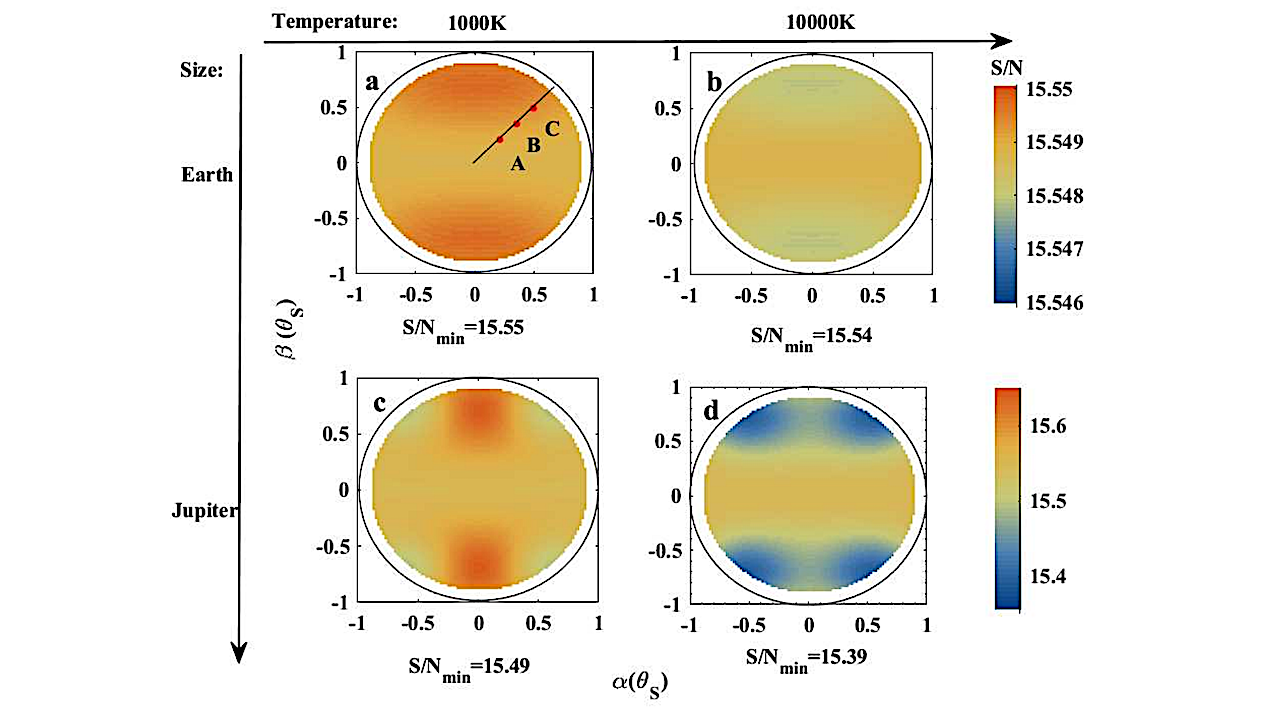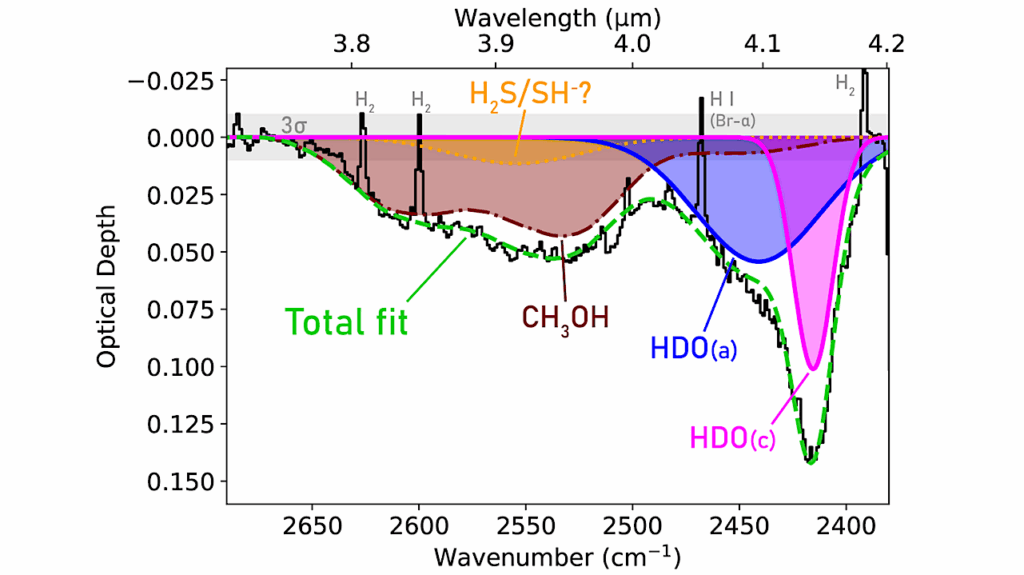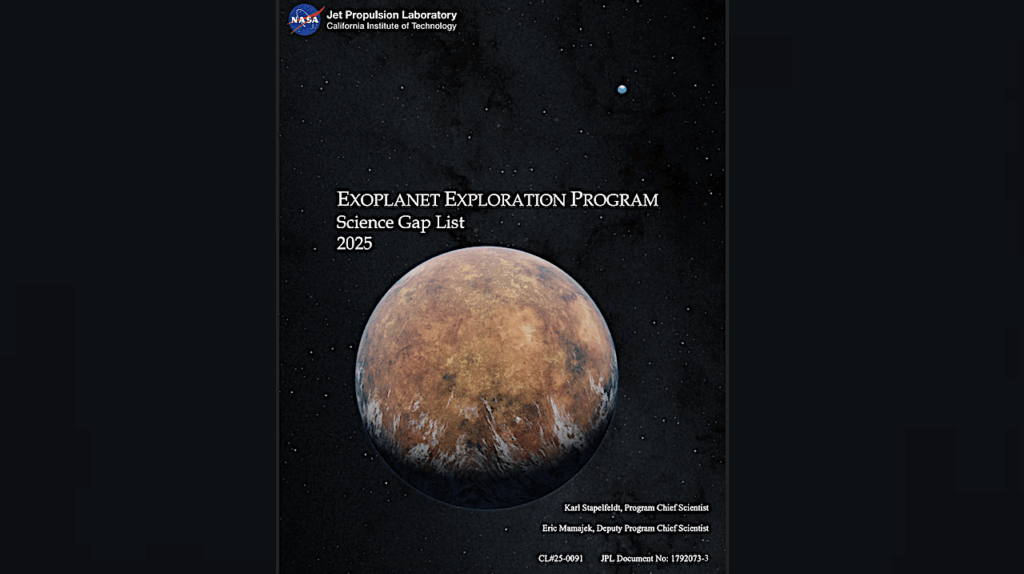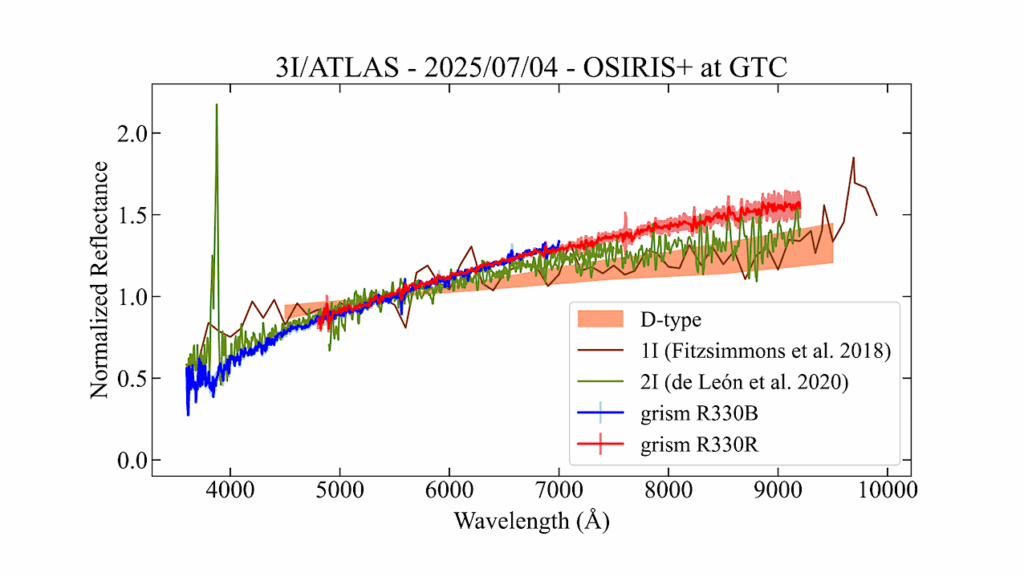The Influence Of Stellar Activity On Detecting Earth-like Planets Via Nulling Interferometry

The direct imaging of Earth-like planets in solar neighbors is challenging. Both transit and radial velocity (RV) methods suffer from noise due to stellar activity.
By choosing a typical configuration of an X array interferometer, we used theoretical formulas to calculate the intrinsic Poisson noise and the noise of stellar activities.
Assuming a fixed array with no rotation and ignoring other systematic and astrophysical noises, we considered a single active region on a stellar disk, including both spots and flares with different parameters, for instance, the position, size, and temperature of the active regions. Then we simulated the S/N of Earth-like planets in HZ around G dwarf stars (solar-like) and M dwarfs (Proxima-like), with different stellar activities in the mid-infrared (MIR) band ( 7-12 μm).
The noise attributed to stellar activity has much less influence than the Transit and RV method when detecting Earth-like planets around both G and M dwarfs. I.e. Stellar activity can hardly influence the detection of Earth-like planets around G dwarf stars. However, detecting Earth-like planets around M dwarfs, which are usually more active, can be significantly hindered.
We also analyzed the uncertainty of the planet’s location due to the deduced S/N. Consequently, we have determined the possibility of mistaking a planet in the HZ as being outside the HZ based on an erroneous S/N measurement. Selecting quiescent target stars or monitoring the light curves of stars would be a helpful way to get rid of contaminates associated with violent stellar activities.
Rui-Si Zhou, Hui-Gen Liu, Li-Yong Zhou
Comments: 12 pages, 14 figures, accepted by A&A
Subjects: Earth and Planetary Astrophysics (astro-ph.EP); Instrumentation and Methods for Astrophysics (astro-ph.IM)
Cite as: arXiv:2503.20175 [astro-ph.EP] (or arXiv:2503.20175v1 [astro-ph.EP] for this version)
https://doi.org/10.48550/arXiv.2503.20175
Focus to learn more
Submission history
From: Hui-Gen Liu
[v1] Wed, 26 Mar 2025 03:04:09 UTC (3,088 KB)
https://arxiv.org/abs/2503.20175
Astrobiology,








